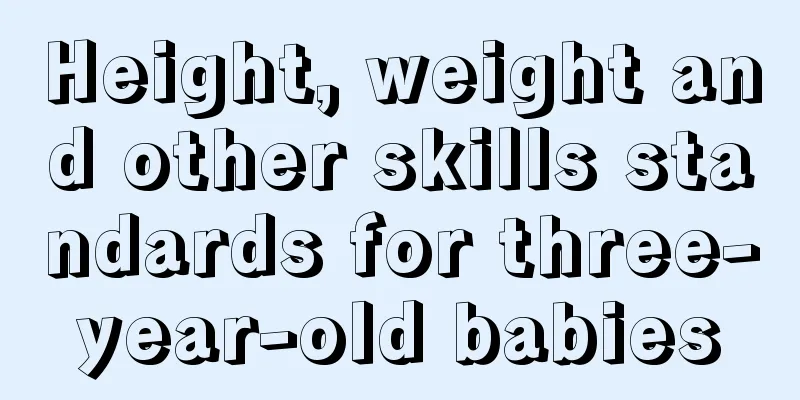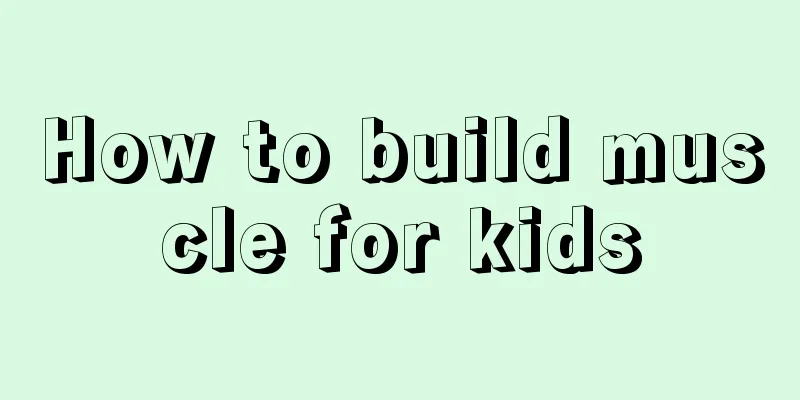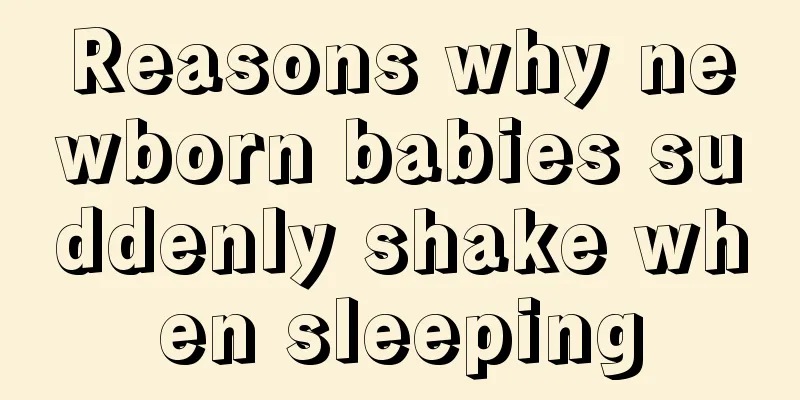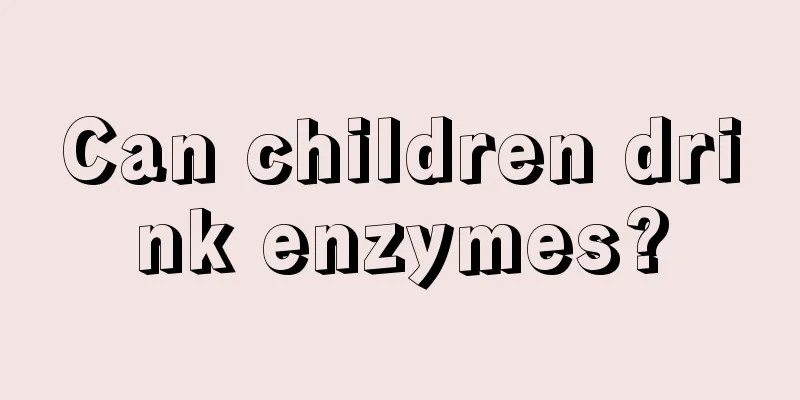Height, weight and other skills standards for three-year-old babies

|
During the growth of children, our parents must keep in mind all the changes in their children, so that when problems arise with their children, our parents can take appropriate measures at the first time. For three-year-old children, our parents should be clear about their children's standard height and weight, so that they can know whether their children's growth is in a normal state. The height, weight and other skill standards of a three-year-old baby are very worth looking forward to and knowing. As the saying goes, "You can tell a child's future at the age of three and his old age at the age of seven." If a three-year-old baby does not develop well, it will have an impact on his whole life. First of all, the height and weight ranges for three-year-old babies are as follows: the height range for boys is 91.1-98.7 cm, and the weight range is 13.0-16.4 kg; the height range for girls is 90.2-98.1 cm, and the weight range is 12.6-16.1 kg. Secondly, in terms of language development, a three-year-old baby can have simple conversations with adults and sometimes talk to himself. Parents can casually point at an object and ask the baby "What is this?" This can improve your baby's understanding of language. Again, in terms of fine motor skills, a three-year-old child can use each of his or her fingers independently or in combination, and can draw and doodle by himself or herself, which helps the child's muscle control and concentration. Again, in terms of athletic ability, most three-year-old babies can already run with relatively coordinated movements. You can do some exercises such as vertical jump and standing long jump. Finally, in terms of cognitive ability and emotional sociality. Three-year-old babies often have their own special imagination space and begin to understand figurative thinking. At this time, the child can bypass moving obstacles and run to you; when you stand at least 1.8 meters away from the child, he can throw the ball to you more accurately. Children can correctly distinguish between objects of different sizes; recognize the various parts of the body and distinguish between genders; can independently build multi-story towers with building blocks, and can use ropes to string together beads of various shapes and sizes; and can independently stir the liquid in a cup with a spoon. At this time, the child can use "I" or "my" instead of his or her own name, and can say his or her last name and first name separately; he or she can also name some daily actions; take the child to the park or supermarket, and after returning, the child can tell about this simple experience in his or her own language. The child can imitate adults clapping, stepping, and moving forward to the music, and can also dance freely or make rhythmic movements to the music; can recite the nursery rhymes or songs he knows rhythmically with his mother; when participating in games that require waiting for turns with other children, he can abide by the rules of taking turns in the queue; and will take the initiative to say hello to familiar people. For a three-year-old baby, our parents should be aware of all the standards related to him, especially his height and weight. A three-year-old baby can already communicate normally with others and can imitate some of the behaviors of adults. We parents must give correct guidance to our babies at this time to help them establish a correct outlook on life. |
<<: Reasons why a 1-year-old baby cries before going to bed
>>: Precautions for babies to eat eggs
Recommend
What to do if you have a fever after polio vaccination
Many children will experience some adverse side e...
How to improve children's memory
Many parents cannot accept the symptoms of childr...
What is your experience in treating baby’s café au lait spots?
For parents, the most worrying and frightening th...
When do children grow taller?
Children's height and nutrition are inseparab...
Why does my baby's stool contain mucus and milk curds?
Mothers should pay great attention to their child...
What to do if your child has wind pimples
Children's skin is particularly delicate and ...
Rash on baby's neck and face
Every baby is the apple of the parents' eyes....
How to regulate the stomach of a three-month-old baby?
We all know that if the baby wants better physica...
The reason why 2-year-old babies have white hair
A 2-year-old baby has white hair. I believe many ...
Do three-month-old babies need to take a bath every day in winter?
When winter comes, the weather becomes very cold,...
Can babies drink ginger soup when they have a cold?
Can babies drink ginger soup when they have a col...
What should I do if my child has a sore throat?
The health of the throat has a great impact on li...
What to do if your child has a bad temper
There are some reasons why children have bad temp...
One month old baby laughs while sleeping
We all know that newborn babies sleep when they a...
Can two single eyelids give birth to double eyelids?
We all know that eyelids can be single or double....









